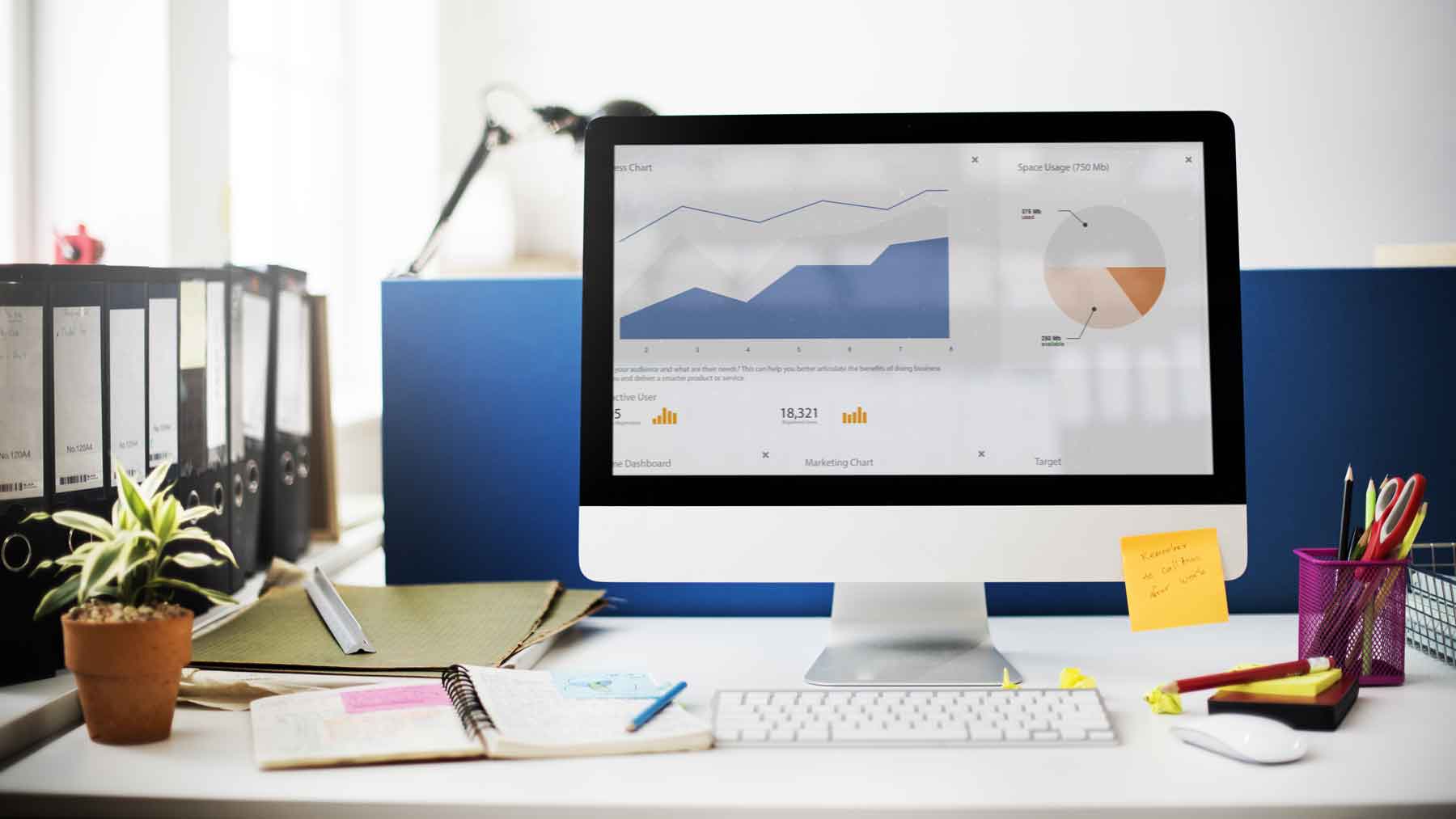
Interactive reporting has grown in demand in recent years, and today these reports are more powerful and insightful than ever. Using sophisticated application programming interfaces, associations can transform once-static, hundred-plus-page reports into dynamic, customizable, easily searched dashboards that provide greater value to their members.
These interactive reports save members time by allowing them to drill down to the level of data that they need. This functionality allows your members to make data-driven decisions more quickly. This is reason enough for many associations to offer interactive reporting—yet this is just the beginning of the value these reports provide. Below, we outline six additional ways to increase the value of your association’s data through interactive reporting.

1. Give members reason to visit frequently
Traditional static reports tend to see one-time use, whereas interactive reports provide an easy-to-use resource to which members can return time and again. When data is easy to search and sort, it encourages members to dive back into the report as the need arises. For many associations, this is something of a paradigm shift—from delivering a limited product to creating a center for engagement.
With interactive reports, readers aren’t likely to digest all of your content in one sitting. Instead, there will be elements that become more salient based on needs at a specific point in time. For example, companies that deliver reports on equipment features and pricing may find members refer to this data when they’re ready to make an investment. Reports with wage data can help companies make decisions around competitive pay raises. In times of change, reports with trend or economic information can help guide members’ decisions.
2. Add secondary sources to support your data
A primary benefit of interactive reports is how easy they are to use. Add to this value by bringing in relevant secondary sources. This might include data such as imports/exports, GDP, housing starts, product or material costs, and other relevant industry figures. Funneling all of this information through a single channel saves your members time, and that alone is valuable. Or, pair this data with trends and statistics that are highlighted in your report to further drive engagement on your site.
Best of all, it’s possible to automate the process of importing these secondary sources of data into your interactive report whenever updated data is available.
3. Level the playing field for organizations of all sizes
Through data-rich interactive reporting, associations can serve as a hub for information, giving companies of all sizes access to sophisticated, timely information. While larger corporations may already have internal business intelligence tools in place, small and midsize companies can gain tremendous benefits from the intelligence behind interactive reporting. By becoming the data arm for smaller organizations unable to conduct their own research, associations can help their members raise the visibility of their expertise and brand.
That’s not to say you can’t increase the value of interactive reporting for larger organizations, as well. Today’s sophisticated systems allow companies to enter their information into a report without sharing that information outside their organization. With these protections in place, all parties get access to more robust data and a clear sense of how they compare against their peers.
4. Make it personal to every member’s needs
Today’s interactive reports are more dynamic than ever. Features include the ability to bookmark key charts or save specific filters so that every time a member logs into your site the information they need is at their fingertips.
This can be particularly useful for associations with national or global members who want to be able to drill down into region-specific data. Some associations are able to provide data at the zip code level. This level of detail can support regional sales trends, advocacy efforts, state-by-state lobbying, and countless other purposes.
5. Engage new stakeholders
Your members have plenty of reason to sift through a 200-page report, but that level of detail may not invite attention from parties beyond your industry. Interactive features make data more accessible, potentially attracting the attention of organizations that work with your industry and the press.
For example, one of our clients provides interactive reporting around the inclusion of underrepresented racial/ethnic groups in leadership roles at firms within their industry. This provides a valuable benchmarking and accountability tool for their members, who are actively working to improve their hiring practices and organizational diversity. However, this data is also useful for companies that are hiring these member firms, as it demonstrates an alignment of values. It’s also useful for the media as it tracks diversity within this industry. By making this information easily searchable, associations are inviting more groups in to take a look.
6. Generate new revenue streams
The ability to easily customize information allows associations to create tiers of access. Many organizations use this as an opportunity to generate new streams of revenue. Easily customizable reports allow associations to create multiple levels of access, which can be placed behind tiered pay walls.
Add to your value
Like any technology, there is a cost to implementing interactive reports and dashboards. However, many organizations find that the increased engagement, interest from organizations outside their target industry, and opportunity to generate revenue more than offsets the upfront cost to implement. Organizations can also maximize the value of these reports by working with a third-party expert to launch a solution that makes sense for their members. Vault Consulting’s Interactive Reporting and Dashboard service provides associations with solutions that offer rich charting and smart visualizations. If you’re ready to learn more about the value interactive reports can offer your members, contact Vault today.





